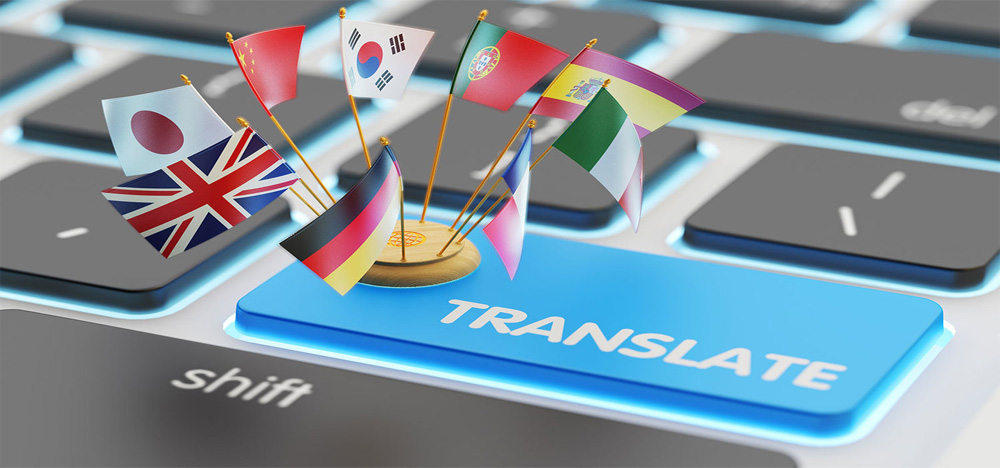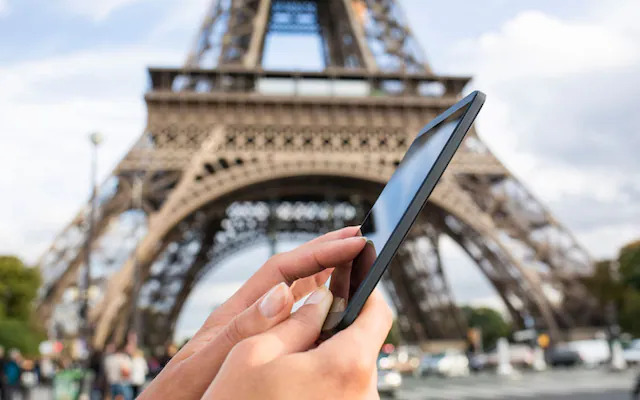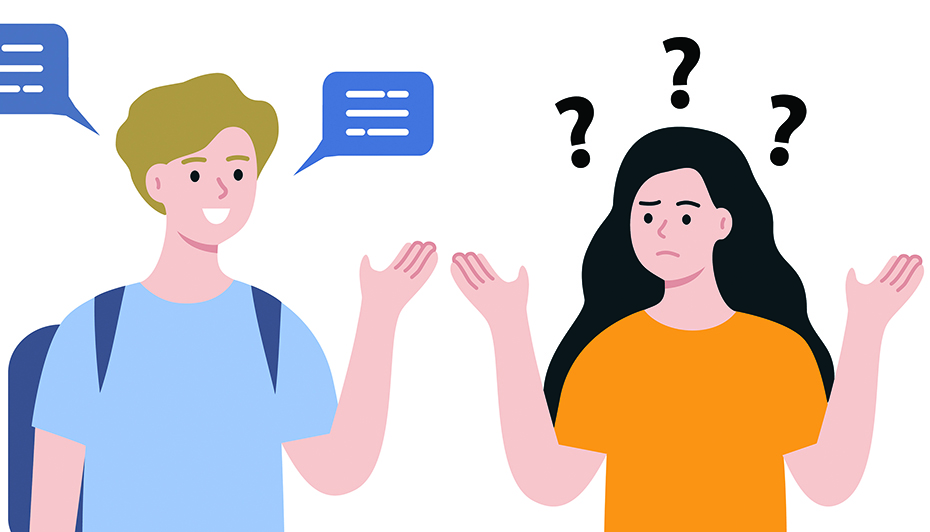Communicating with others when abroad or when conversing with someone of a different language has always been an interesting experience with all kinds of challenges. This is all part of the fun of course and everyone has their own way of going about getting our points across (and understanding the points of others).
We usually have a bit of a plan and put in a menial amount of effort with basic phrases and the like, and the tools for doing this have changed over the years, and continue to do so with various technology emerging and evolving.
Traditionally it was your classic phrasebook and dictionary (not good for speedy access or context and nuance). Then you had the likes of Google Translate and other apps that take things a stage further, and are very handy but far from perfect.
Now entering the fray are a number of AI-powered translation devices and apps, offering real-time, accurate, and context-aware communication tools that are making global travel smoother than ever.
Evolution of Translation Technology
From Phrasebooks to Apps
You could get all kinds of these phrasebooks, some better than others. Lonely Planet et al would have a section to help you out. These are of course very basic and limited to certain specific scenarios. Woe betide the person you're chatting with goes off script!
And a dictionary is literal word translation which doesn't work in real life and takes a while. That would all need to be memorised and/or repeatedly referred to. Not sure how we managed really... just shouting and pointing I guess (like a big game of Charades).
Recent years have seen the rise of the smartphone, evolution of the internet and numerous digital apps. Early versions of Google Translate introduced text-based translations but often lacked accuracy. They have improved that tool over the years and it can be very useful, but a long way to go before it's seamless (if that's even attainable).
Rise of Machine Learning in Translation
Neural Machine Translation (NMT) has dramatically improved accuracy. This is a modern approach to machine translation that uses deep learning and artificial neural networks to translate text between languages.
AI can now account for context, idioms and tone instead of literal word-for-word translations. It's doubtful it would be to the same level as a human, but getting closer and closer enabling a more natural back and forth. Any non-native speaker will never get 100% there anyway, and this is no different (or time will tell anyway).
The Latest AI Translation Devices and Tools
Handheld Translation Devices
Tools like Pocketalk and Langogo offer instant, speech-to-speech translation in dozens of languages. Previously ili and others I'm sure have attempted this with different degrees of success. All the Chatbots like ChatGPT, Gemini, Grok etc can be used for this purpose and will be forever updating their abilities.
Some of these are compact, portable, and designed specifically for travellers. Simply a case of using it on the spot. A bit of a delay to normal talking but relatively speedy and accurate if all goes to plan.
Smartphone-Based AI Translation
Google Translate, DeepL, and Microsoft Translator now use AI to handle complex sentences and contextual meanings. These will continue to expand and likely to corner the market. Especially if people pay for a premium plan, they can have all the other benefits and a translation app in with the bargain. It's not like they're going to stop developing, so a paid version now will be the free version of tomorrow.
Offline translation packs allow travellers to communicate even without internet. This is the other conundrum of this day and age, having some sort of data or Wi-Fi service which is good and reliable enough to get the job done when you need it. Most areas and occasions are covered, but not completely, and having the offline option makes it accessible at all times, which makes all the difference (not least cutting out some uncertainty).
Wearable Translation Tech
Earbuds like Timekettle WT2 Edge or Pilot by Waverly Labs enable real-time two-way conversations without holding a device.
Integration with early prototype AR glasses shows future potential for seamless, 'always-on' translation overlays.
Integrated Travel Ecosystems
Some airlines, hotels, and booking platforms are embedding AI translation into customer service tools. This will make for a natural process and integrated into what they're doing without having to go elsewehere.
So think multilingual chatbots powered by AI helping travellers book rooms, flights or activities.
How AI is Making Travel More Accessible
Breaking Social Barriers
Like it or not it's a huge barrier and now travellers can have real conversations with locals, enriching cultural exchanges. Might still be a bit clunky at first but it does mean additional communication and connection.
Navigating Logistics
Reading menus, street signs, and transportation instructions in real time... really useful when needing to jump on a train or have more of an idea of what you're ordering.
Boosting Safety
Quick communication during emergencies or medical situations abroad. Aside from all the fun and games, there is a serious aspect here. Any emergency situation this could be a lifesaver or get things clear and moving.
Encouraging Exploration
It reduces fear of language challenges, making lesser-known destinations more accessible. Some people are better than others at putting themselves out there, and this saves some embarrassment and just gives a general confidence, opening up a wider world for people.
The Power of Contextual Understanding
AI translation goes beyond literal accuracy. It can recognise cultural nuances like formal vs casual tone, interpret slang, idioms and regional dialects, and adjust based on situational context (you may want a different vibe when ordering food vs a legal discussion).
Challenges and Limitations
Accuracy Gaps
While improved (and improving), AI still struggles with rare dialects or languages with limited training data.
Connectivity Dependence
Some devices require strong internet for best results, which isn’t always available.
Privacy Concerns
Voice and text data are often processed in the cloud, raising security questions.
Human Connection
Over-reliance on tech may sometimes reduce the incentive to learn local phrases or engage authentically. This is the issue with all tech; enhancing efficiency and improving lives, but at the same time making old ways obsolete (or less common) which means losing something.
Having said that, it tends to come full circle and add extra weight to the thing being lost or phased out. Something to keep an eye on, and nothing to say we can't have the best of all worlds. That's up to everyone (and the world at large) to do as they please for the optimum experience.
The Future of AI Translation for Travellers
Seamless Integration
Expect translation baked into everyday devices (phones, watches, AR glasses).
Greater Language Coverage
Expanding beyond major languages to minority and indigenous tongues.
Offline AI Models
More advanced, fully offline translation to ensure access anywhere in the world.
Real-Time Cultural Assistance
Future tools could not only translate but also suggest culturally appropriate responses.
All these AI-powered translation tools are revolutionising global travel by removing (at least to a degree) one of its oldest obstacles: that being language and communicating effectively.
From handheld translators and smart earbuds to AI-driven apps, travellers can now navigate foreign countries with ease and confidence, as well as a deeper cultural immersion.
While challenges remain and will always be in the conversation, it's clear where it's all going... the language barrier is no longer a dealbreaker for international exploration. Not that it ever was, but the potential is for it to become much easier and fuller, pushing back previous boundaries.
The dream of truly universal communication where any traveller can connect instantly with anyone/anywhere, is closer than ever. Whether that is 'good' or 'bad' is up to you but the path is clear and we'll be walking down it if we like it or not.
Where that puts translators (as in people) is the subject of another article. My guess is they won't disappear (at least not for a while) but like writers, designers and many other fields, the lower level stuff will be taken care of, and the smart folk will use all this to enhance themselves and their offering rather than shy away from it.
It's a case of living alongside the technology and adding it to our experience. Isn't that the whole point anyway?
Posted Using INLEO


